Installing green panels on walls is a smart green space that allows plants to grow on a surface that does not create space (or rarely creates space). The two main concepts that appear in this context are rigid green walls and mobile green walls.
Both concepts have the meaning of green living. A rigid green wall (green wall) is a dependent, vertical structure, attached to apartments, houses. The plants used in this design are climbing plants, which allow the vines to cover the vertical surface with a woven texture along the established structure. Because of the fixed nature of the design, the plants can be started from the ground, taking root in the ground. The limitation of this solution is that when implementing this solution, people often have to pay attention to the sustainable maintenance of the house and the durability of the wall related to the penetration of plants when clinging to the wall surface.
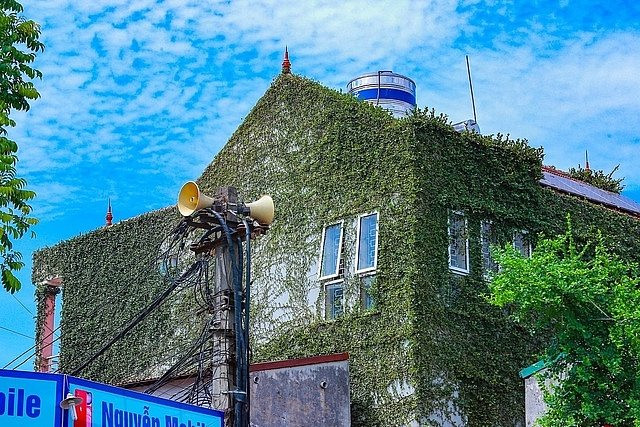
Mobile green walls (living walls) are similar to hard green walls, arranged independently and individually. The structure also includes a vertical surface and is covered with green plants. However, because of its mobility, the plants arranged on these walls are basically not related to the ground as with the layout of hard walls. With this version, people can arrange independent compartments to plant many individual plants intertwined, not necessarily vertically but can be horizontal, stacked on top of each other. Because of their independent life, mobile green walls are also called living walls. Living walls can give the viewer an interesting feeling depending on the rich diversity of plant types as well as intervene in the growth rules of plants by tilting them upside down, rotating them horizontally.

With the function of greening, both types of walls bring environmental benefits, reduce heat absorption, purify the air, and block dust. Green walls also have the ability to insulate sound to some extent. Studies also show that green scenery brings a better psychological state to people.
Setting up these walls is not a difficult task. The important thing is how the owners of the houses perceive its role and value in greening the spaces to regulate temperature and purify the air. Prioritizing green space or using that space for another purpose is also a reason to hinder the formation of these walls, especially with living walls because it can take up more space and require financial investment in design. Therefore, it is difficult to implement a system of green walls in the city without the subjective awareness of the house owners.
Some cities in developed countries require regulations on color and facade architecture for apartments. However, regulations on the formation of green areas on hard walls attached to apartments are only mandatory in some cities or some countries. This gives us an idea that the formation of a series of urban green walls is still only an incentive solution.
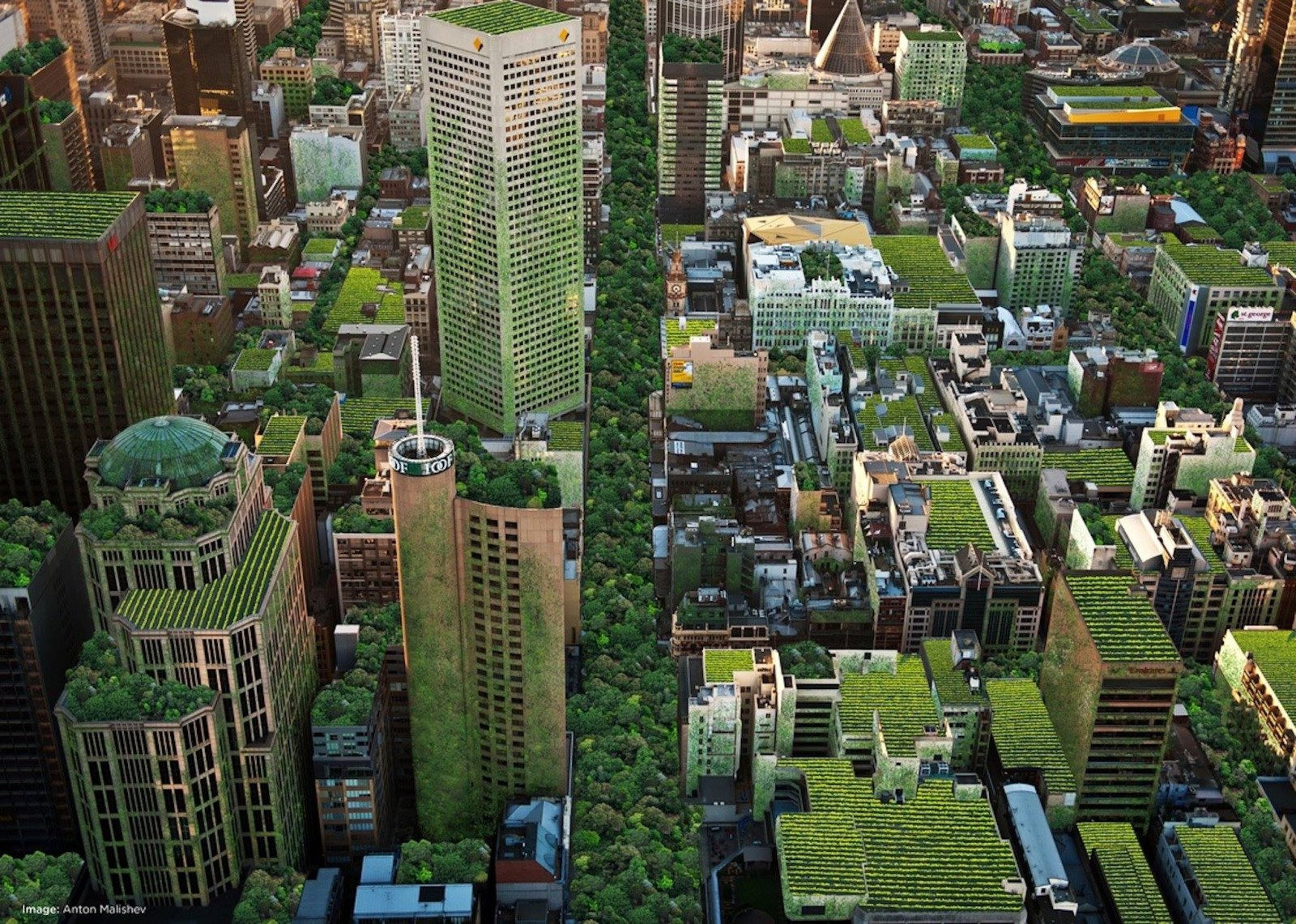
In Vietnam, greening walls has appeared for a long time. However, as analyzed above, it appears sporadically, completely subjective. In which, the basic is still just greening hard walls; living walls are just a very small, rare number, although designing it may be within reach and not beyond the financial capacity of many families.
While the need for sustainable urban cooling is becoming increasingly urgent, increasing urban green areas in the form of green walls - living walls is considered an optimal solution but has not been taken seriously. When will this solution be included in urban design regulations? When will apartment owners be taxed if they do not develop green areas like some countries? The answer seems to be left open.
Source












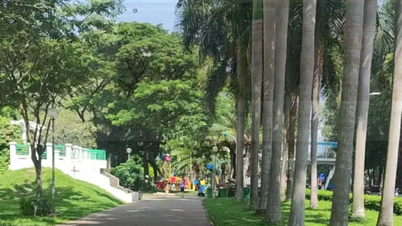

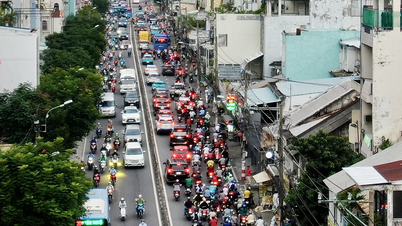



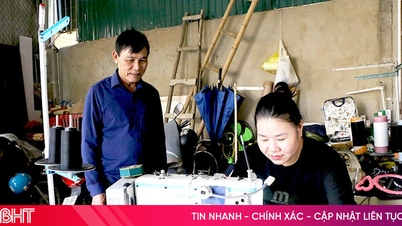



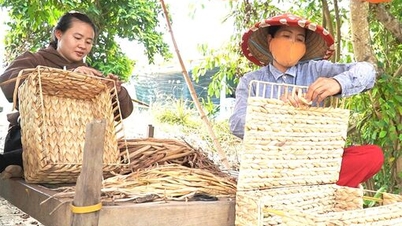

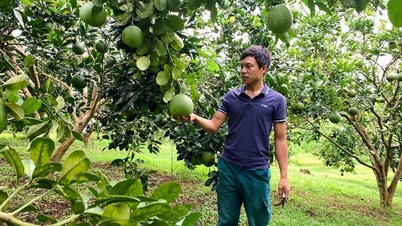

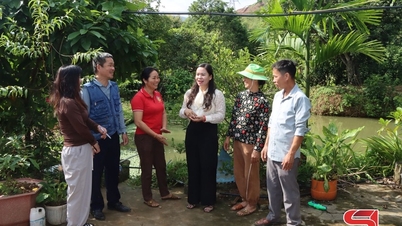

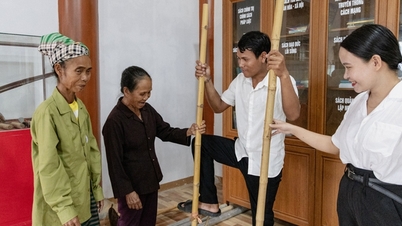





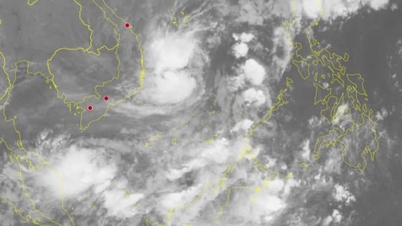

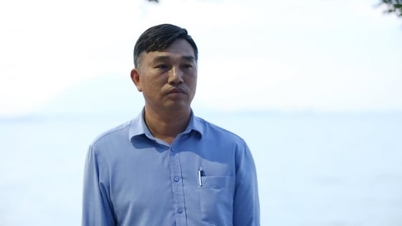
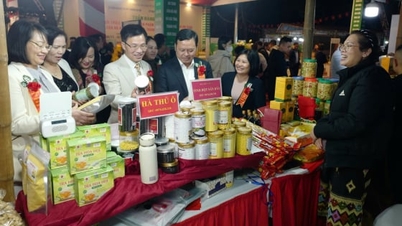
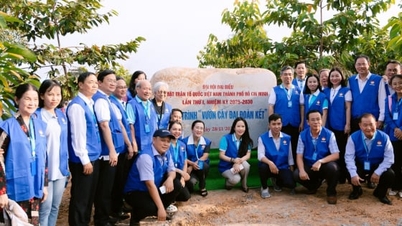
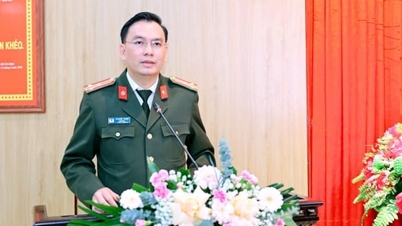
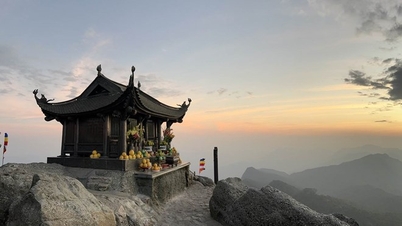

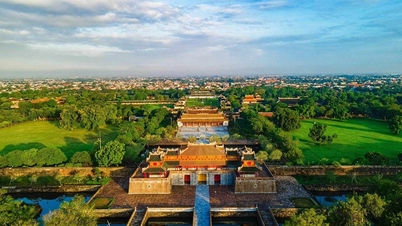


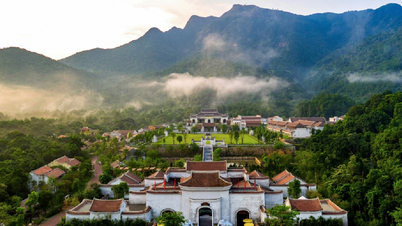

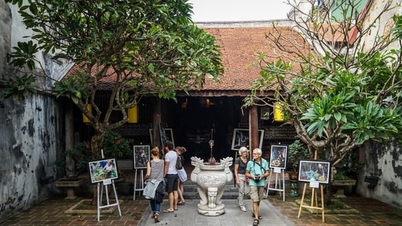

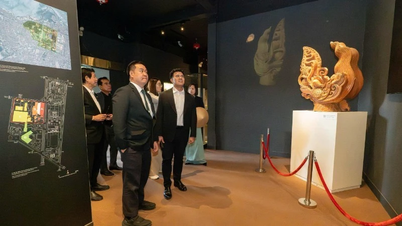








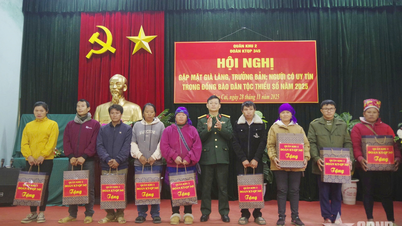



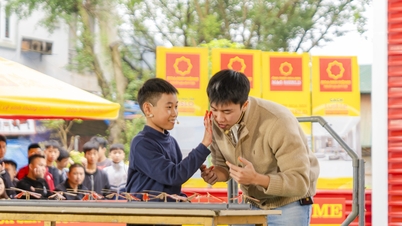






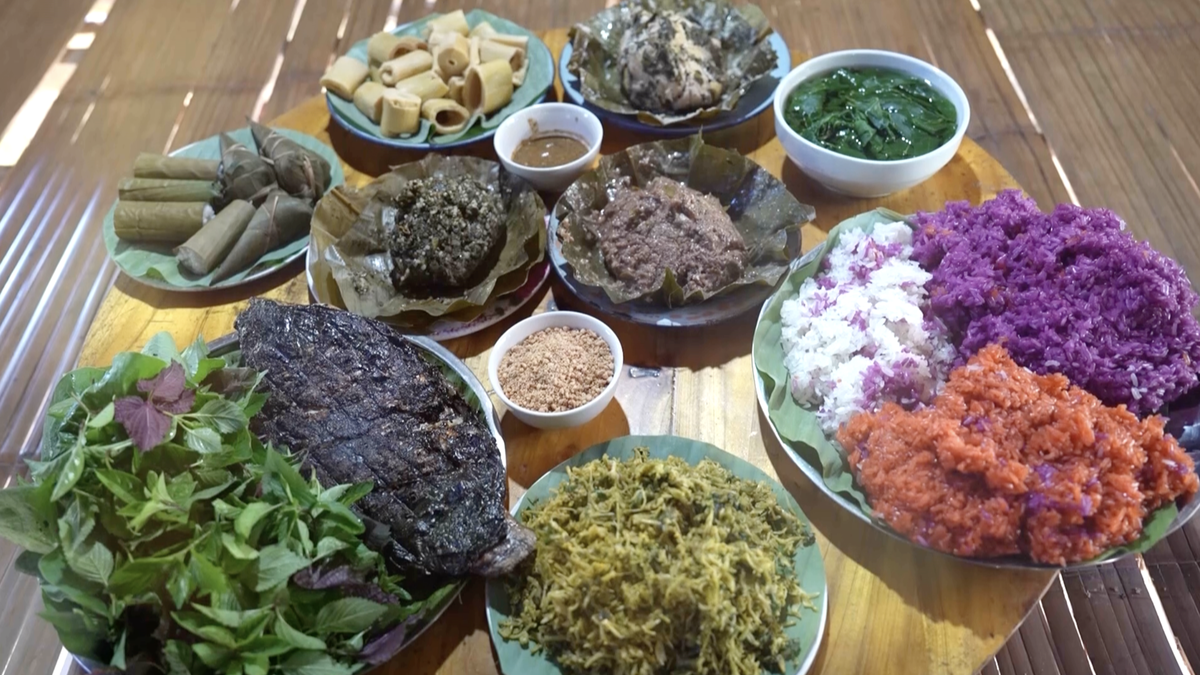
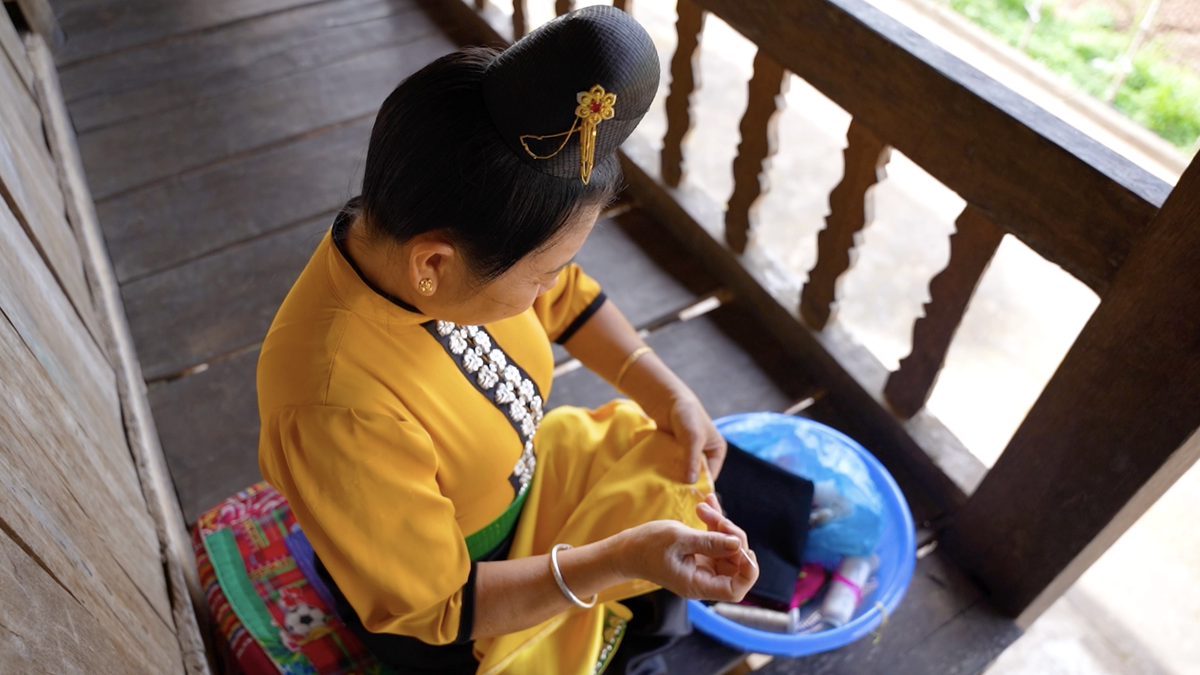



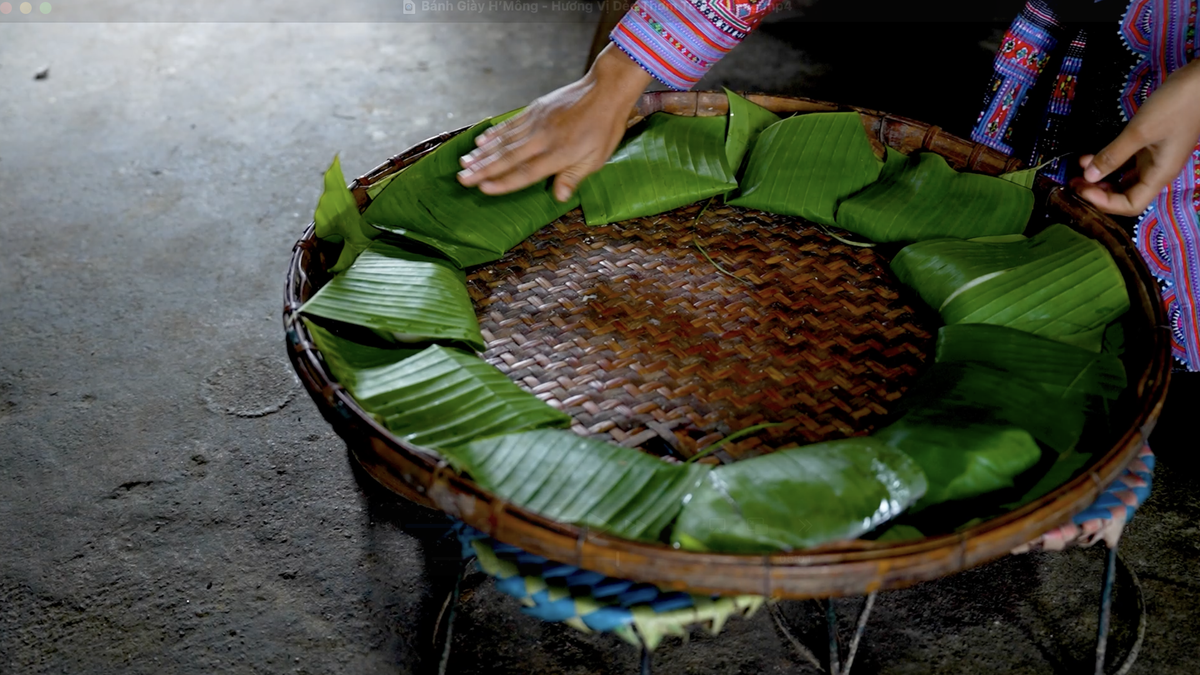









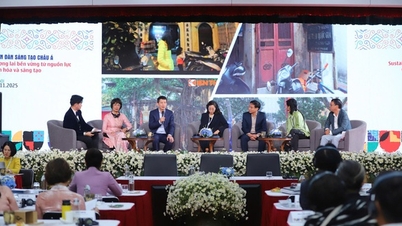




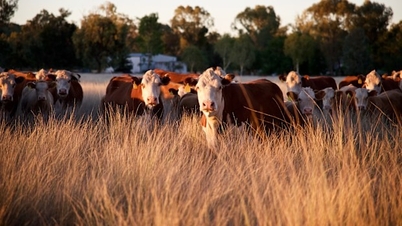



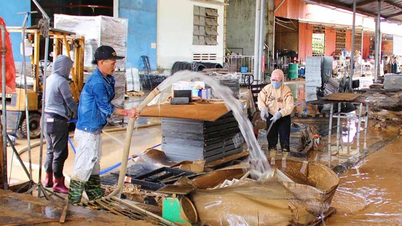
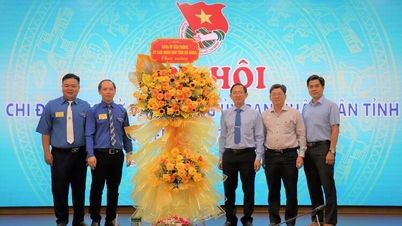

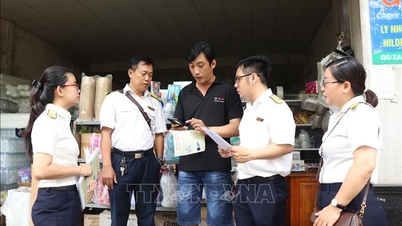



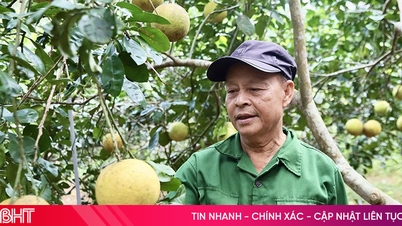





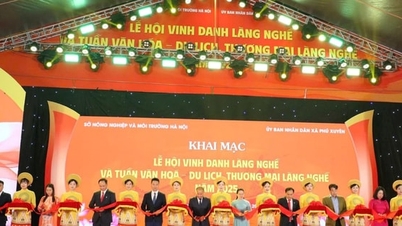






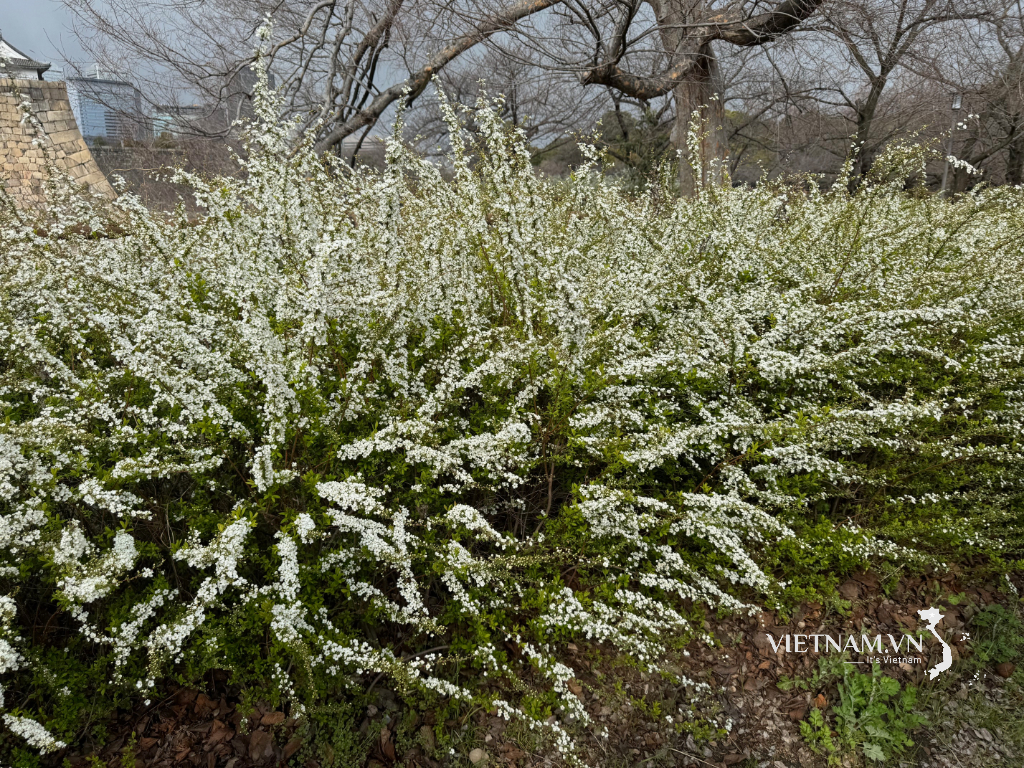

Comment (0)